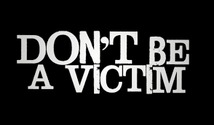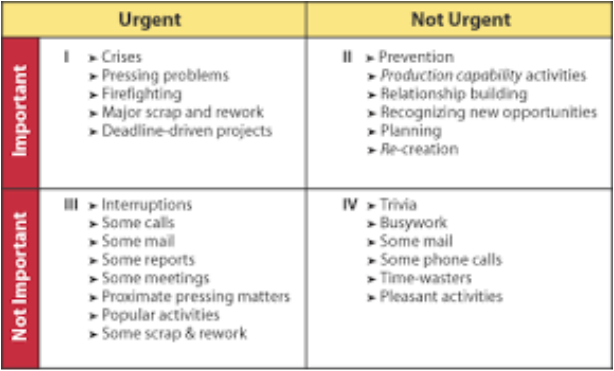
VICTIM MENTALITY
While there are exceptions to everything, by and large what does having a ‘victim mentality’ mean? From BecomeSelfAware.com, “A victim is someone who feels powerless, and is therefore unable to take appropriate action to resolve situations adversely affecting their well-being. The victim mentality is characterized by an attitude of blaming and complaining. The secret agenda of blaming and complaining is to manipulate and control others to be responsible for you by rationalizations and excuses.” People that see themselves as a victim rarely experience joy in life.
Does blaming others solve problems? Think for a minute, how do you feel when someone blames you for something? Isn’t your immediate and natural reaction to become defensive? And rather than solve the problem, doesn’t it actually end up escalating it?
Seeing ourselves as a victim usually ends up in frustration. Frustration happens when we experience blocked goals. And blocked goals are a result of expectations from people or things that we have no control over. Thus, we see ourselves as a victim.
Obviously there occasionally are tragic circumstances beyond a person’s control or choices that can result in a person being a true victim. This blog is not about those kinds of circumstances.
TAKE RESPONSIBILITY
Taking responsibility is about choosing differently. Learning to take responsibility is a true sign of a person becoming mature, isn’t it? If you are interested in growing in this area, here are some action items that will help you.
- Realize that while you can influence others through your actions and attitudes, you cannot change them. The only person that you can change is you. And the change that is most necessary is in your attitude.
- Recognize the victim mentality and victim identity. Stop blaming, complaining and rationalizing why you can’t do something or what is wrong.
- Love who you are and do away with the habit of self-judgments and criticism.
- Commit to be loyal to yourself and live by principles that honor, respect and promote wellbeing for everyone.
- If someone is critical of you, consider it with an open mind. If there is some truth to it, acknowledge it and work on changing. If there is not truth, shake it off and move forward.
- Remember that another person can only make you feel bad if you give them permission to. After all, isn’t it simply their opinion? Don’t give people the power to dictate how you feel.
Which will lead you to find more joy in life… seeing yourself as a victim or as a responsible person? The CHOICE IS YOURS, isn’t it?


 RSS Feed
RSS Feed

